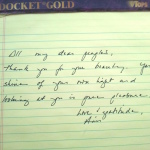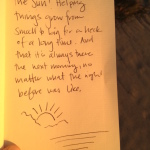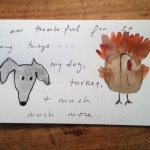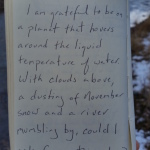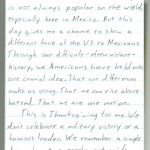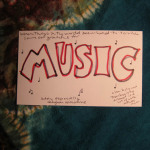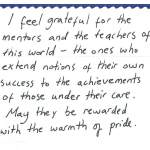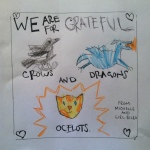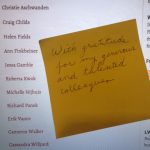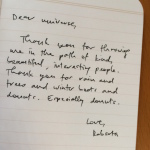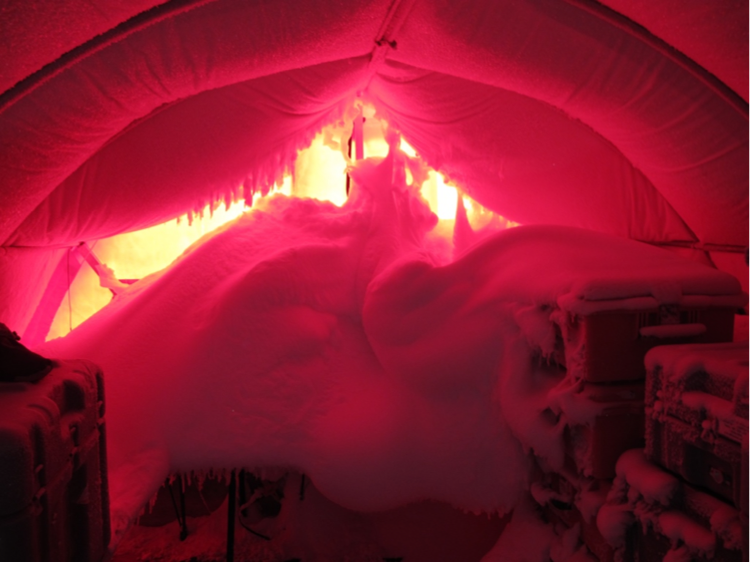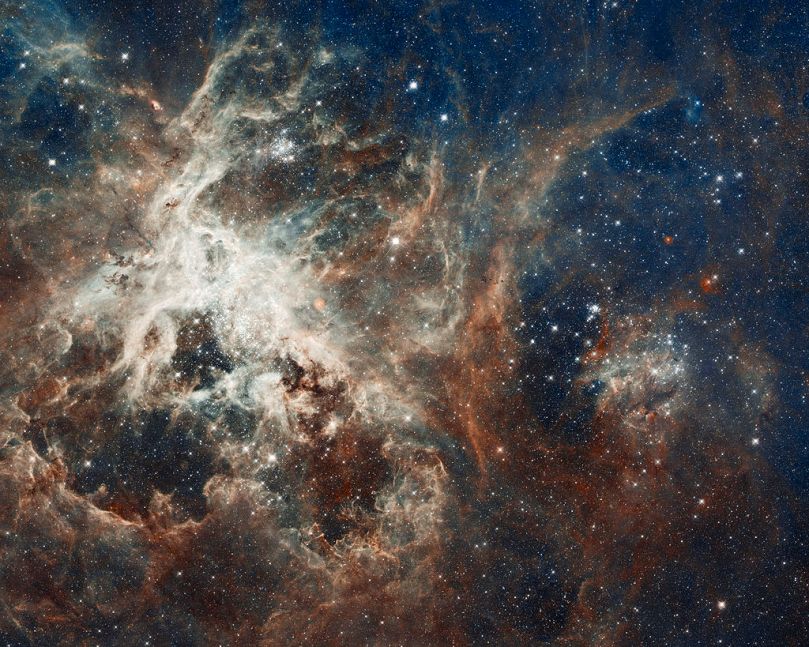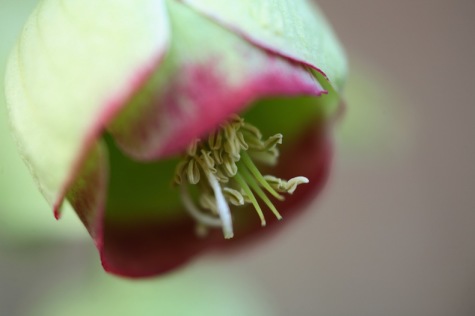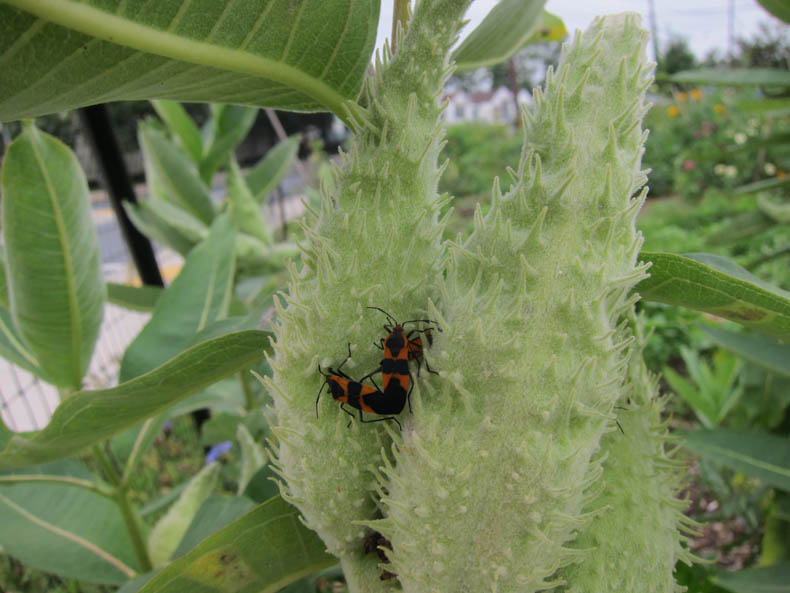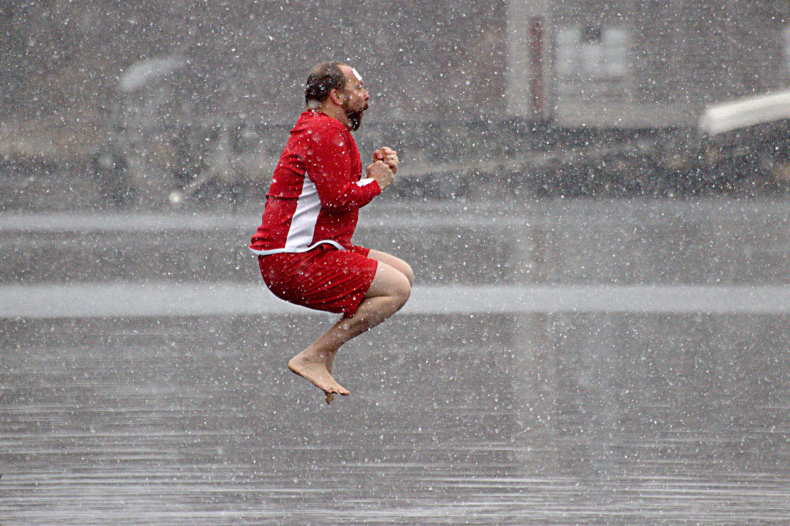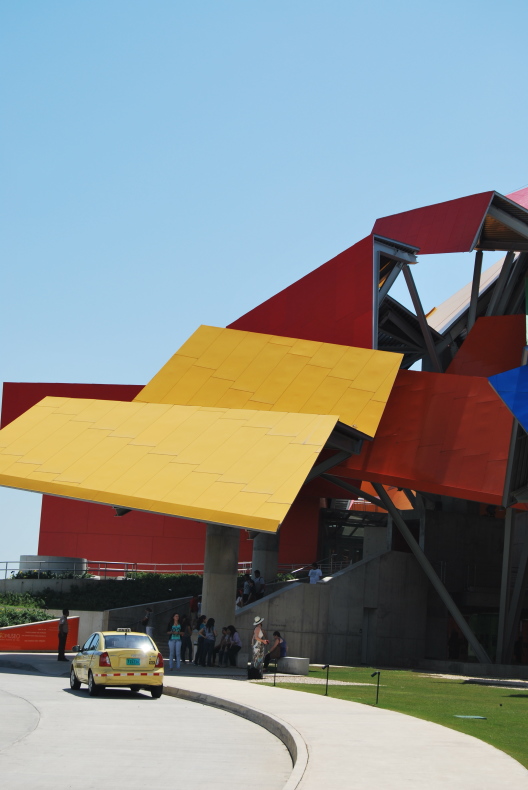 Last weekend, as a part of a much-needed vacation to Colombia, my wife and I took a long layover in Panama City. Also known as “home to that canal that the entire world needs to do business,” Panama City is a lovely town. Lately, people have taken to calling it the Dubai of Latin America because dozens of skyscrapers that have shot up in the last few decades (many of which are nearly empty).
Last weekend, as a part of a much-needed vacation to Colombia, my wife and I took a long layover in Panama City. Also known as “home to that canal that the entire world needs to do business,” Panama City is a lovely town. Lately, people have taken to calling it the Dubai of Latin America because dozens of skyscrapers that have shot up in the last few decades (many of which are nearly empty).
What does one do with half a day in Panama City? If one has a small head, one buys a Panama hat at one of the many tourist shops (however, true Panama hats come from Ecuador). If one has a large head or else already has a hat he likes, one goes to Frank Gehry’s “Biomuseo,” the garish-yet-oddly-hypnotic-and-possibly-soon-to-look-dated science museum overlooking the city.
